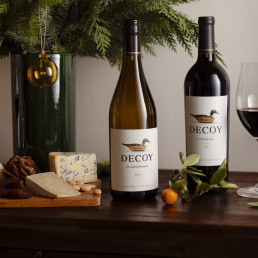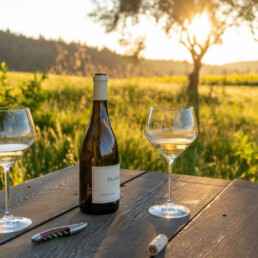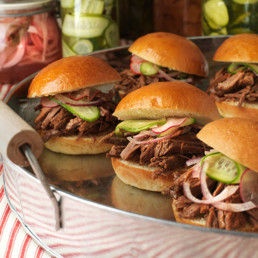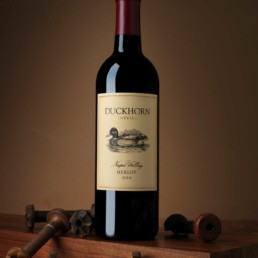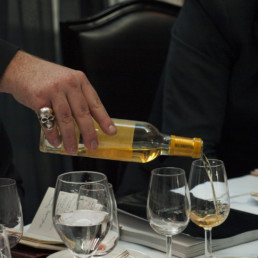7 November, 2024
No Illusions, Only Decoys!
New to New Zealand from the Napa Valley is Duckhorn Vineyard's spin-off: Decoy! Quality wine at an approachable price…
29 June, 2022
Wave the Flag – it’s the 4th of July
When we think of the perfect 4th of July menu, there’s a few things that come to mind. Here’s some Dhall & Nash…
6 September, 2018
Recipe: Slow Braised Brisket Sliders
This mouthwatering recipe from Duckhorn Vineyards is the perfect match for their Napa Valley Merlot. Give it a try.
5 September, 2018
Duckhorn Vineyards: The Merlot that Dethroned Cabernet as the King of California
Duckhorn ‘Three Palms’ Napa Valley Merlot (2014) has made history by being named the Number 1 Wine in the World in 2017…
7 February, 2018
New Producers from 2017
67 of the finest wine producers from around the World were added to our exclusive portfolio in 2017. We now represent…
